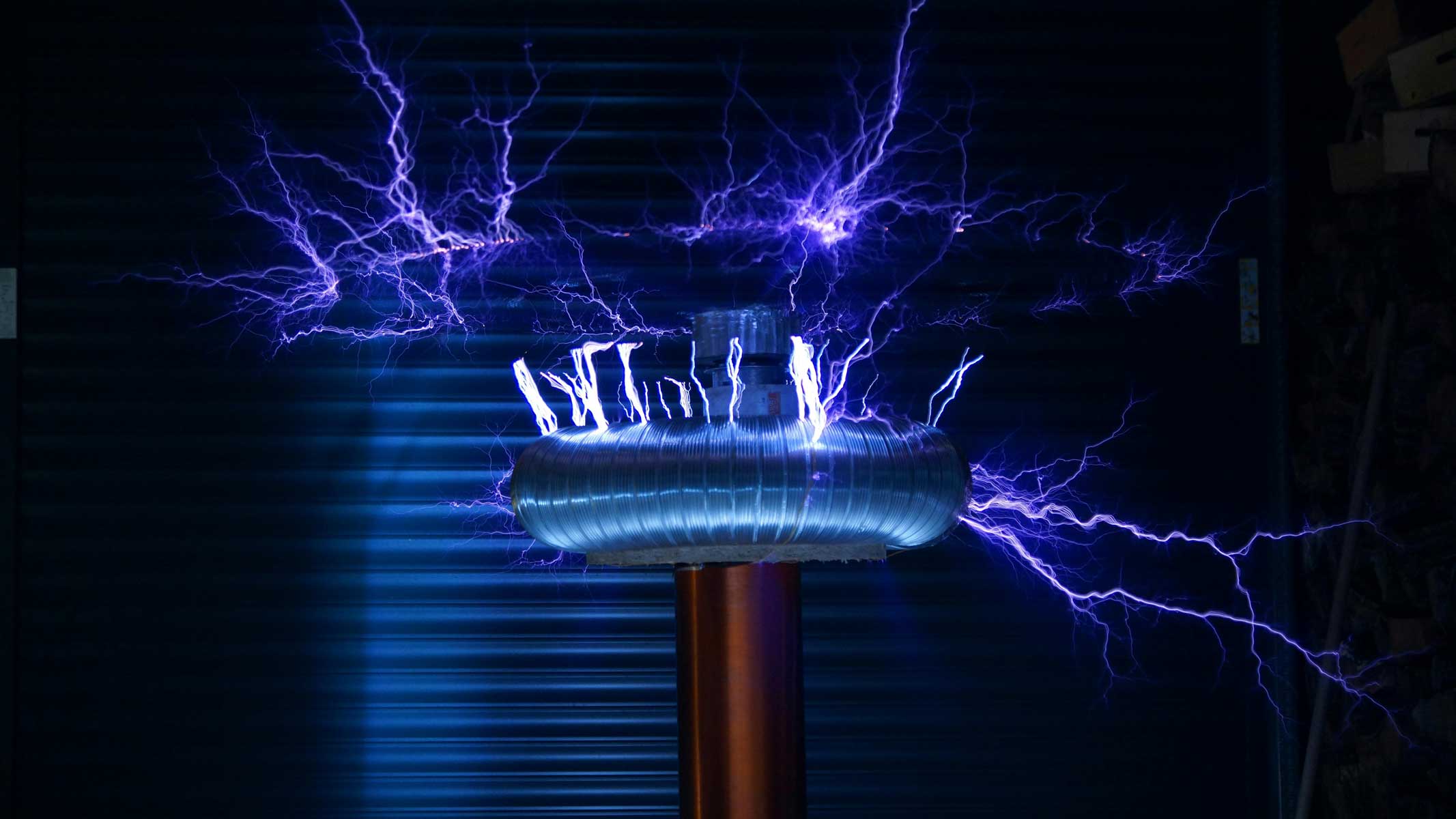
Summary
- Air purifiers are designed for residential and small spaces, using HEPA and activated carbon filters to remove allergens, VOCs, dust, and microorganisms.
- Air scrubbers are industrial or commercial tools that clean large volumes of air, often using multiple filtration methods, UV, or chemical treatments for mold, smoke, and chemical pollutants.
- Air purifiers are ideal for bedrooms, offices, and homes; air scrubbers are used for construction, renovation, disaster restoration, and manufacturing environments.
- Maintenance is essential: filters, electrostatic plates, and UV light sources must be regularly checked and replaced to ensure optimal performance.
- Choosing the right device depends on scale and purpose—home use favors high-quality air purifiers, while large-scale or specialized air cleaning requires air scrubbers.
There are different ways to improve indoor air quality. The terms “air purifier” and “air scrubber” are sometimes used interchangeably. Both are designed to clear the air, but there are key differences between the machines. Whether you are keeping your bedroom air clean for a good night’s sleep or remediating a flooded basement with mold infestation, picking the right tool for healthy air is important. Let’s take a look at these machines, where they are used, and how to find the right one for your situation.
Air Purifiers and Air Scrubbers Defined
First let’s go over what each one is, how they work, and their filtration methods.

What is an air purifier?
In general, an air purifier uses mechanical filtration to capture airborne pollutants in homes or other small- to medium-size spaces. That means they take out tiny airborne particles and can also remove fumes/odors if they have an activated charcoal filter.
For example, the Intellipure Compact removes up to 99.97% of allergens, mold, and viruses from the air. Its multi-layer pre-filter removes harmful chemicals and odors leaving the air fresh and clean.
Air purifiers are usually meant for residential use (portable or integrated into the HVAC system), but there are larger enterprise level air purifiers available. You are most likely to find an air purifier in a bedroom or living room.
What is an air scrubber?
Typically an air scrubber uses not only mechanical filtration to capture contaminants, but it also uses chemicals agents, ionizers, or even UV light. An air scrubber may have multiple layers of filters designed to capture different air pollutants. Air scrubber may also be used for industrial air purification, to clear the air during a building renovation, or during mold remediation. In these cases the air scrubber is designed to clean as much air as fast as possible, usually without concern for noise levels.
The most common types of air scrubber air cleaning methods are dry scrubber (mechanical filtered based) and wet scrubber. You are most likely to find an air scrubber on a job site or as part of an industrial process.
Differences Between Air Scrubbers and Air Purifiers
There are two main differences between an air scrubber and an air purifier:
-
Air purifiers tend to be used in residential buildings, while air scrubbers are used in industrial or commercial applications.
-
Where air purifiers are typically small to medium size (roughly suitcase sized), an air scrubber can be anywhere from a portable suitcase sized unit up to the size of a house for an industrial-level application.
Air Scrubbers
When it comes to commercial air scrubber applications there are two popular types: wet scrubber and dry scrubber. A wet scrubber passes the air through a liquid (commonly water, but sometimes specific chemicals) which removes the airborne pollutants. Wet scrubbers are used in power plants, incinerators, wastewater treatment plants, pharmaceutical manufacturing, and more.
A dry scrubber uses special sorbent material (in powder or granular form) to neutralize contaminants in polluted air. A special filtration system then recaptures the sorbent and any other particulates.
In areas where water usage or wastewater disposal is a concern, a dry scrubber is ideal. Dry scrubbers are found in industrial applications like power plants, metal refining, wastewater treatment plants (as an air sanitizer), chemical manufacturing plants, and more.
Air Purifiers
Whether it is a portable unit or integrated into the HVAC system, an air purifier is focused on indoor air purification. An air purifier may use several different techniques to improve indoor air quality, but the most common method is through physical filtration like a HEPA filter. Some air purifiers may use additional technology, like an ionizer or ultraviolet light, which can help prevent surface contamination.
Air purifiers are often found in homes, office spaces, medical facilities, laboratories, restaurants, or anywhere else needing high-quality clean air.
Air Purifier and Air Scrubber Applications
How do you know whether you need an air purifier or an air scrubber? Let’s take a look at a few applications for each one.
Air Purifier Applications
Here are the most common residential uses for an air purifier:
-
Allergen Removal: An air purifier with a HEPA filter is great for capturing airborne allergens such as dust, pollen, pet dander, dust mites, and mold spores.
-
Asthma and Respiratory Health: By removing particulate matter and irritants an air purifier helps reduce asthma attack triggers and can alleviate Chronic Obstructive Pulmonary Disease (COPD) symptoms.
-
Odor and VOC Reduction: Many air purifiers use an activated charcoal filter to remove unwanted odors as well as volatile organic compounds (VOCs) that are released by household products and furnishings.
-
Microorganism Reduction: Air purifiers with HEPA level filtration efficiency can capture many different airborne bacteria and viruses providing extra protection during cold and flu seasons.
-
Dust Control: Air purifiers can reduce the buildup of dust on surfaces by filtering out tiny airborne particulates. Some hybrid air purifiers use electrostatic plates to help capture particles.
-
General Air Quality Improvement: Air purifiers help maintain cleaner and fresher air, which can support better sleep and overall well-being.
There are situations where a commercial air purifier is required, usually indoor air spaces that demand a pathogen or dust-free environment. In these situations, an air purifier may be integrated into the air handler unit (AHU) or a standalone unit like a ceiling mounted fan filter unit (FFU).
Air Scrubber Applications
Here are the most common uses for an air scrubber:
-
Construction and Renovation: Air scrubbers are often used to remove dust, mold spores, and chemical fumes at construction sites, during building renovation, or mold remediation.
-
Disaster Restoration: Portable air scrubbers can be deployed as an essential part of cleaning the air after fire, flood, or mold damage. They are perfect for capturing smoke particles, soot, mold spores and other hazardous contaminants.
-
Manufacturing: Specialized air scrubbers help remove dangerous chemicals and fumes to protect workers and nearby residents. They can also remove tiny particles that may damage delicate components.
-
Healthcare and Laboratories: Air scrubbers help maintain sterile environments by removing pathogens and hazardous particles. They can also help maintain clean air for laboratory containment units.
-
Large-Scale Combustion Engine Emissions Control: Air scrubbers can capture harmful exhaust emissions from large ships that burn fossil fuels. These wet air scrubbers often use seawater due to its natural alkaline nature. They also play a small part in noise level control.

Tackling Specific Air Problems
How can an air purifier or an air scrubber handle different air cleaning problems?
-
Mold: Both an air purifier and an air scrubber can be used for mold problems, but the main difference is project scale. For keeping basement mold spores in check, a decent air purifier can handle the job. But for large scale whole-house mold remediation, an air scrubber is the preferred tool.
-
Smoke: Both an air purifier and an air scrubber can be used for smoke problems, but again the main difference is project scale. Some bars and restaurants use air scrubbers called “smoke eaters” to remove cigar/cigarette smoke and odors. Air purifiers with HEPA filters are perfect for home use during wildfire season when fine soot and smoke drift indoors.
-
Odors: To get rid of odors, an air purifier or an air scrubber must be able to remove VOCs or chemicals. Activated carbon air scrubbers can remove smells in a similar fashion to an air purifier with activated carbon filters. They may also use specific chemical additives to react with odor-causing chemicals to neutralize them.
-
Infectious Disease: At home, a high-quality air purifier with HEPA-level efficiency works well for capturing airborne microorganisms. Some air purifiers incorporate a UV light source for additional germ control. But for large volume air cleaning (including those requiring negative pressure containment areas like in an operating room) a dedicated air scrubber is more suitable.
-
Toxic Chemicals: While a home air purifier with a VOC filter can remove residential chemical fumes, A specialized air scrubber is necessary for larger scale operations. For example, a gas scrubber can remove chemical fumes. Wet scrubbers are also particularly effective for pollutant removal.
Advanced Air Quality Solutions
It is worth learning about the different air cleaning options when looking for a solution for your space. When it comes to capturing the smallest airborne particles, HEPA filters are a minimum requirement for any air purifier or air scrubber.
In some cases, it is better to have multiple filtration stages instead of a single main filter. This allows for specialized filters that focus on a particular pollutant type or size. It also allows for different filter maintenance schedules based on their specific use. Both air purifiers and air scrubbers are available with multiple filter stages.
There are commercial air sanitizers that use UV light to kill microorganisms. Others use ionizers to generate negative ions that cause particles to drop from airborne suspension. For advanced indoor air quality, there are smart connectivity options on the market that connect air quality sensors which can activate air cleaning devices when necessary.
Air Scrubber and Air Purifier Costs
There’s a large variety of options at different price points. High-quality air purifiers can cost anywhere from a few hundred dollars for an entry-level model up to a few thousand dollars for a whole-home unit.
Air scrubbers tend to be more expensive. Entry-level air scrubbers cost several hundred dollars, commercial-grade models can be several thousand dollars, and industrial-grade air scrubbers can cost well into the seven figures or more.
In general, the more advanced the filtration system, the more it will cost.
The main expense of owning an air purifier is replacing the filters, which are usually specific to the unit. There may also be activated carbon filters that need to be replaced regularly.
In most cases, there are local rental options for air scrubbers due to their popularity for renovation and remediation projects. By renting an air scrubber keeping up with maintenance costs isn’t typically your problem.

Maintenance and Filter Replacement
In general, most air purifiers and air scrubbers are pretty low maintenance, but they do require it.
Why Maintenance Matters
It is important to change air purifier and air scrubber filters on a routine basis.
-
Failure to change the filters can lead to increased air flow resistance and a drop in energy efficiency.
-
Depending on the air purifier or air scrubber design, electrostatic collection plates may need to be cleaned or else they won’t attract particulates.
-
UV light sources can become weak and ineffective against microorganisms.
If your air purifier or air scrubber is going to be efficient at its job, it has to be maintained properly per the owner’s manual.
Filter Maintenance Schedule
Filter replacement frequency depends on how dirty the air is that is being cleaned.
Intense indoor projects like building renovation or mold remediation may need filter replacement as much as every 30 days if running continuously.
HEPA filters can last 6-12 months depending on the environment.
For example, during wildfire season you may need to check the filters every few weeks and replace them when they no longer allow adequate airflow. When dealing with VOCs, the activated carbon filter usually lasts 3-6 months. In special use cases, like custom-built industrial-scale filtration, the maintenance timeframe is usually specified by the design engineers.
Conclusion
At this point it should be clear that while both air purifiers and air scrubbers are tools to clean the air, they have different applications. For the best possible air at home simply choose a high-quality air purifier like the Intellipure Compact. The Compact is perfect for bedrooms, offices, nurseries, or any other space less than 500 square feet. For whole-home air purification, the Intellipure SuperV air purifier uses your HVAC system’s existing ducts to deliver clean air throughout your home.

 What is Ragweed And Why Does It Cause So Much Trouble?
What is Ragweed And Why Does It Cause So Much Trouble?
 How To Detox From Black Mold
How To Detox From Black Mold

_(1).jpeg)




